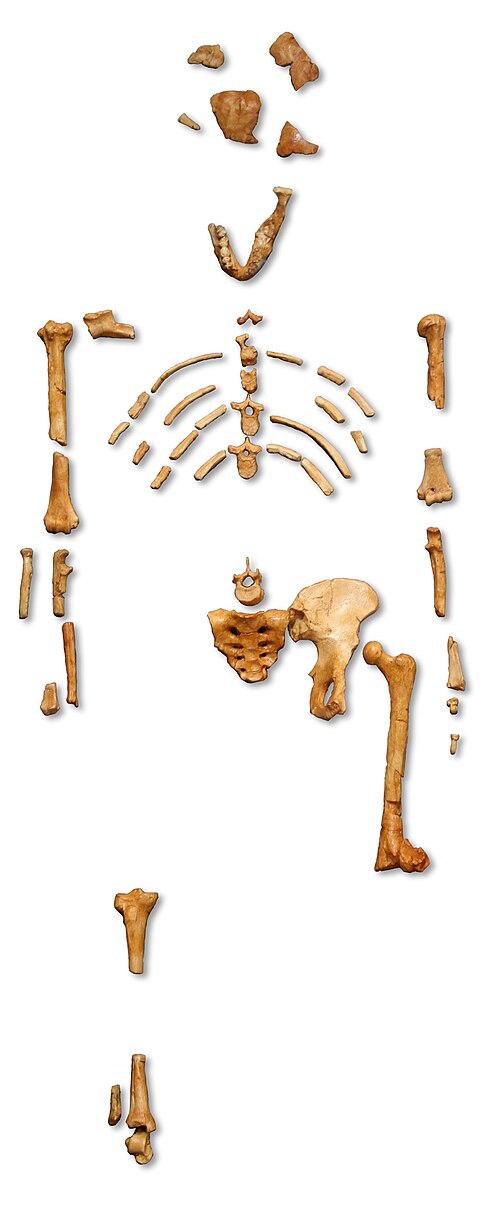There is substantial evidence supporting the theory of evolution, which can be categorized into several key areas, not just Gene Mutation.
1. Comparative Anatomy and Vestigial Traits When examining the anatomy of various species, scientists observe remarkable similarities in body structures that suggest a common ancestry. For instance, the skeletal structures of tetrapods (four-limbed animals) exhibit slight variations but follow a similar pattern. This indicates that these species have evolved from a shared ancestor over time. Additionally, vestigial traits—features that have lost their original function—further support this idea. Examples include non-functional eyes in blind cave fish, hip bones in whales, and remnants like the appendix in humans. These traits serve as clues to our evolutionary history.
2. Fossil Record The fossil record provides critical evidence for evolution by documenting intermediate species that illustrate gradual changes over time. For example, the evolution of whales is well-documented through a succession of fossils showing transitional forms from land-dwelling mammals to fully aquatic creatures. Fossils such as Pakicetus and Ambulocetus demonstrate adaptations for life in water while retaining features indicative of their terrestrial ancestors. The existence of thousands of fossil specimens across various lineages supports the notion that species evolve through gradual modifications.
3. Biogeography Biogeography studies the distribution of species across different geographical regions and predicts patterns consistent with evolutionary theory. Isolated environments, such as islands, often lead to unique species evolving due to limited interbreeding opportunities with mainland populations. The Hawaiian Islands are an example where many endemic species have developed after being separated from mainland relatives, showcasing how isolation can drive speciation.
4. Genetic Evidence Genetics has become one of the most compelling lines of evidence for evolution. All living organisms share a common genetic code, and genetic comparisons reveal relationships among species that align with those inferred from anatomy and fossil records. For instance, humans and other primates share a broken gene responsible for synthesizing vitamin C—a mutation likely occurring in their common ancestor—demonstrating genetic continuity among related species.
5. Ongoing Research and DiscoveriesResearch continues to uncover new findings related to human evolution and other aspects of evolutionary biology. Thousands of human fossils provide insights into our development over millions of years, while advances in dating techniques help establish timelines for significant evolutionary milestones.
The overwhelming body of evidence from comparative anatomy, the fossil record, biogeography, genetics, and ongoing research collectively supports the theory of evolution as the best scientific explanation for the diversity of life on Earth.

